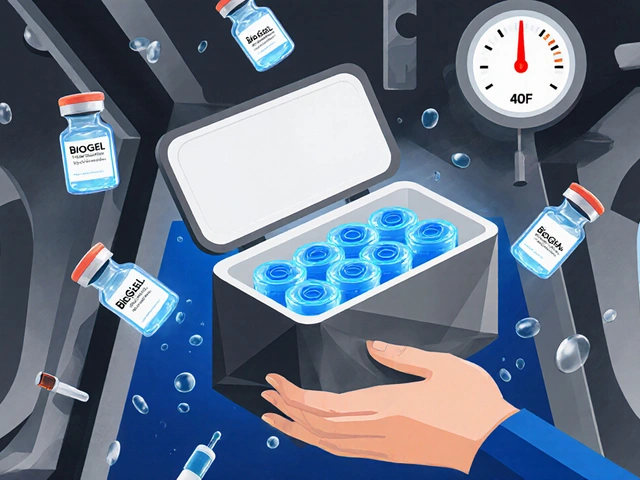INR Monitoring Made Simple: What You Need to Know
If you take a blood thinner like warfarin, keeping an eye on your INR is the key to staying safe. The International Normalized Ratio (INR) tells you how fast your blood clots. Too low and you risk clots; too high and bleeding becomes a problem. In this guide we’ll break down why monitoring matters, how often you should test, and easy tricks to keep your numbers steady.
Why INR Matters
Your doctor sets a target range—usually between 2.0 and 3.0—for most conditions. Staying inside that window means the medication is doing its job without over‑thinning your blood. Think of it like a thermostat: you want the right temperature, not too hot or cold. Regular checks help catch any drift early so you can adjust the dose before something serious happens.
How Often Should You Test?
When you first start warfarin, you’ll check INR almost every day or two until it stabilizes. Once your doctor confirms a steady range, testing moves to once a week, then maybe every two weeks or month. Life changes—new meds, diet shifts, illness—can affect INR, so stay flexible and follow any extra tests your doctor orders.
Home kits make checking at home easy. A finger‑stick sample goes into a small device that spits out the number in minutes. If you prefer a clinic, most labs can do it while you wait for coffee. Both ways give reliable results as long as you follow instructions.
Tips to Keep Your INR Stable
Watch your vitamin K intake. Foods like spinach, kale, and broccoli are high in vitamin K, which can lower INR. You don’t have to avoid them, but keep the amount consistent day‑to‑day. Suddenly loading up on leafy greens can swing your numbers.
Stay consistent with medication timing. Take your dose at the same time each day—morning works best for most people. Missing a dose or taking it late can cause spikes or drops.
Avoid new over‑the‑counter meds without checking. Aspirin, ibuprofen, and some herbal supplements can interact with warfarin. Ask your pharmacist before adding anything new.
Limit alcohol bingeing. A few drinks now and then are usually okay, but heavy drinking can raise INR dramatically.
When to Call Your Doctor
If your INR reads below 1.5 or above 4.0, contact your doctor right away. Symptoms like unusual bruising, nosebleeds, blood in urine, or sudden swelling could signal a problem. Even if you feel fine, extreme numbers need professional advice.
Also call if you start a new prescription, change diet dramatically, or develop an infection—any of these can shift your INR.
Quick Checklist for Every Test Day
- Take medication at the same time each day.
- Record any recent changes in diet or meds.
- Use a clean finger‑stick kit and follow instructions.
- Write down the INR result and compare it to your target range.
- If out of range, note symptoms and call your doctor.
Staying on top of INR monitoring isn’t hard—you just need a routine. By understanding why the test matters, testing regularly, and watching diet and meds, you can keep your blood clotting safely within range and enjoy life without constant worries.






